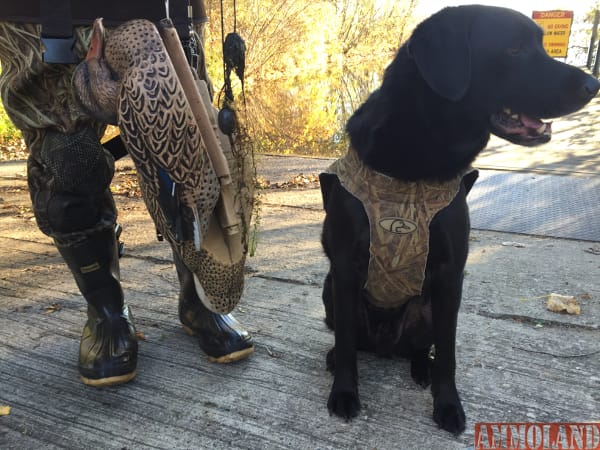

Lansing, MI -(AmmoLand.com)- Residents struggling with invasive species or seeking help on how to identify plants, insects and animals considered invasive are invited to explore the state’s new Michigan Invasive Species website – www.michigan.gov/invasives – for answers and assistance.
The site is a collaborative effort among the state’s three “Quality of Life” agencies: the Michigan departments of Natural Resources, Environmental Quality and Agriculture and Rural Development. Each of the three departments oversees different aspects of invasive species management.
“Preventing invasive species is everyone’s responsibility,” said Joanne Foreman, invasive species communications coordinator for the Quality of Life departments. “Human activity is the primary means by which invasive species are moved from place to place. This new website offers simple steps everyone can take, like removing seeds and mud from shoes, gear and pets, to assure that invasive ‘hitchhikers’ don’t travel with you.”
Program support from the state Legislature in 2014 boosted efforts for an interdepartmental approach to preventing, detecting and controlling invasive species in Michigan. The new website, bringing each department’s online resources together in a user-friendly format, is one outcome of that partnership.
Users can identify invasive species by searching photos and descriptions of those that are known to be in Michigan and those that threaten to enter the state. Residents are encouraged to report sightings of identified species to assist in state and local detection and management efforts.
Many Michiganders are unfamiliar with state and federal laws designed to stop the spread of invasive species. The website makes it easy for people to understand how their activities may be affected and what they should do to comply with these laws.
For example, when shopping for plants and pets online, it is important to know which species are prohibited or restricted for sale and possession in Michigan. Also, anyone who trailers watercraft should be aware of the state’s requirements to remove all plant material from boats and trailers before entering a water body and to drain bilges and live wells when leaving.
Foreman said that because of the ways they spread and reproduce, invasive plants can be difficult to control. Sometimes, as in the case of Japanese knotweed, actions like mowing and cutting actually can increase plant growth.
“The Michigan Invasive Species website features best management practices, as well as information on obtaining necessary permits for managing species in certain circumstances,” Foreman said.
The site houses a growing catalog of resources for classrooms and residents interested in becoming more involved in the fight against invasive species. Posters, brochures, videos and guidebooks are available for download. The site also features links to volunteer opportunities and local management programs that can provide additional resources.
Website updates will be made on a regular basis. Visitors are encouraged to bookmark it for all their future invasive species information needs.
About the Michigan Department of Natural Resources:
The Michigan Department of Natural Resources is committed to the conservation, protection, management, use and enjoyment of the state’s natural and cultural resources for current and future generations.
For more information, go to www.michigan.gov/dnr.
